Liquid Cooling - Coolants, Reservoirs, and Pumps
Understanding key components of your liquid cooling system.
A liquid cooled PC is more than just water in a radiator. The coolant in the system is used to carry the heat away from the source and could be one of several choices. It is introduced to and stored for the system by a reservoir, and circulates through the system with the aid of some type of pump that keeps the loop flowing.
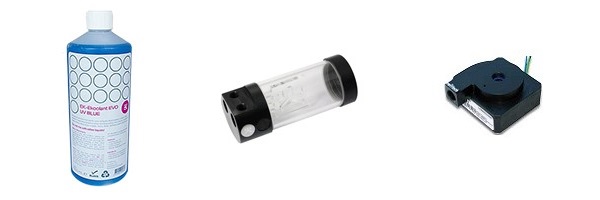
Coolants:
In theory, it is possible to use something as simple as distilled water for the coolant in a liquid cooled PC, however, that approach would then require some additives to inhibit unwanted biological growth within the loop, possible corrosion or other contaminants, as well as add-ins for things like coloring if desired. Most commercially available coolants come with these considerations already taken care of with what you get out of the bottle. Customizing colors is merely a preference issue, and many people will prefer to make their cooling loop unique in this way. On the other hand, keeping contaminants out of your cooling loop is very important. Nobody wants to have a green cooling loop because it is full of algae, or to ruin some of your mechanical components because corrosive residue built up in the loop.
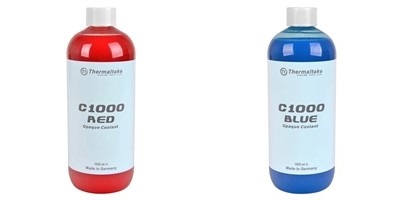
Reservoirs:
Reservoirs are used both as a point to fill the cooling loop and in a more general sense they are simply a place to store an appropriate level of coolant within the system. When designing your liquid cooling loop, consider placement of the reservoir such that the fill point will be readily accessible.
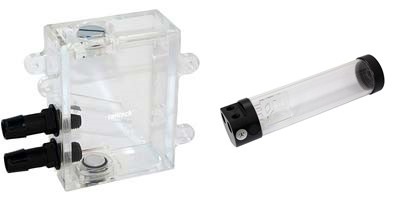
Pumps:
A pump is used to circulate the coolant throughout the loop. The concept of a liquid cooling system relies on the liquid transferring heat away from the source, and the pump effectively enables that function.
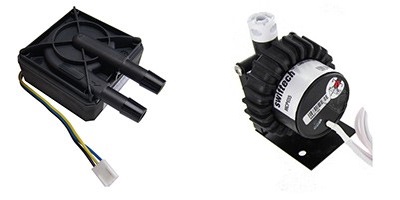
In some instances, there are units available which contain both a reservoir and the pump within the same unit if you would prefer to take that approach. Some will view this as a matter of convenience, while others have a strong preference to keep the pump and the reservoir as separate components.
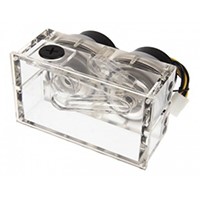
Summary:
Coolant is the vehicle that transfers the heat away from the source. There are varieties of coolant to choose from depending on how you want to customize your system. It is important to prevent growth or buildup of foreign substances within the cooling loop, as well as visual appearance. Liquid cooling systems require some type of reservoir to serve as a central filling and storage point for the coolant, and some type of pump mechanism to effectively circulate the coolant throughout the system.
This article is part of a multi part series.
Liquid Cooling - Tubing and Fittings can be found here.
Liquid Cooling - Water Blocks Radiators and Fans can be found here.
Liquid Cooling - Process and Terms can be found here.
Free technical support is available for your desktops, laptops, printers, software usage and more, via our new community forum, where our tech support staff, or the Micro Center Community will be happy to answer your questions online.
Ask questions and get answers from our technical support team or our community.
PC Builds
Help in Choosing Parts
Troubleshooting

